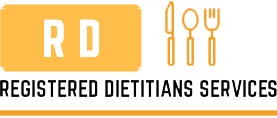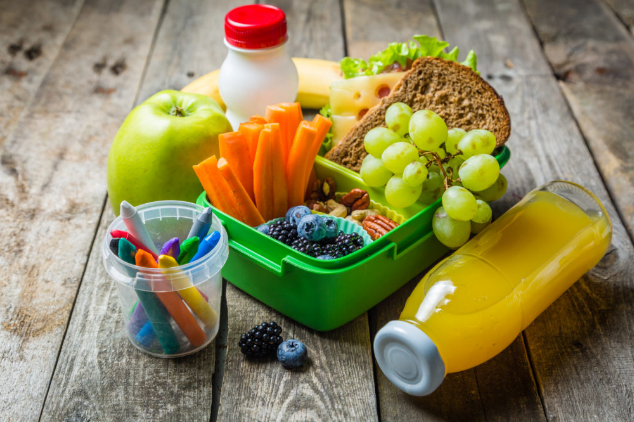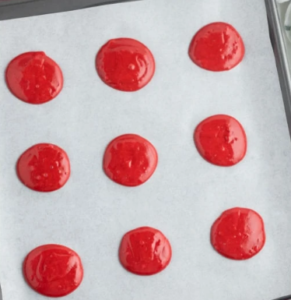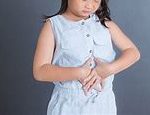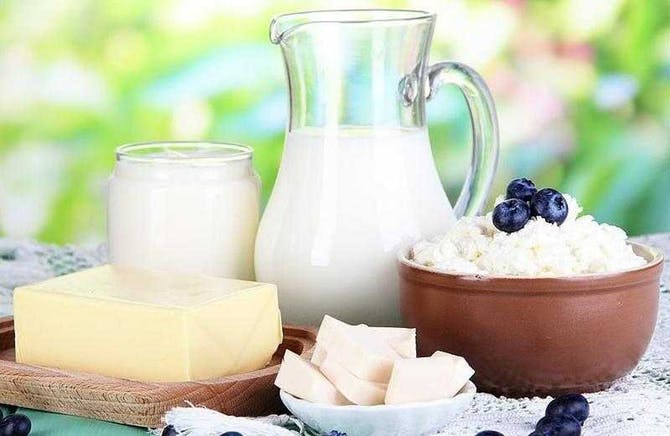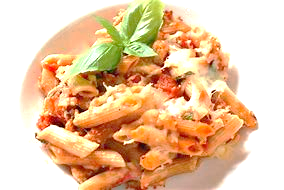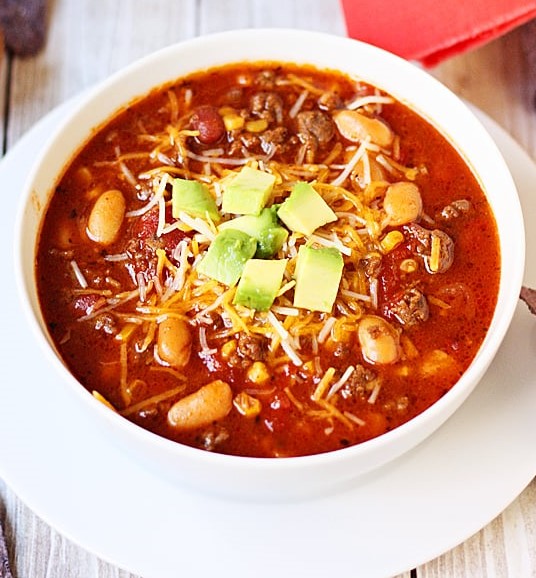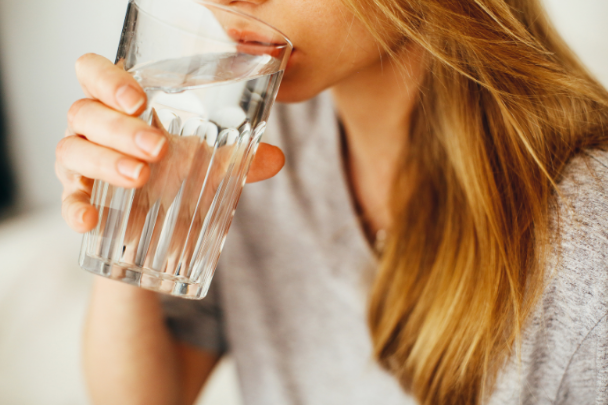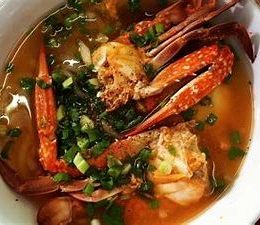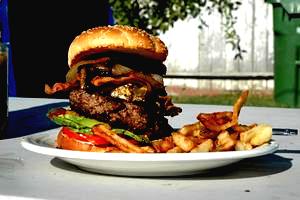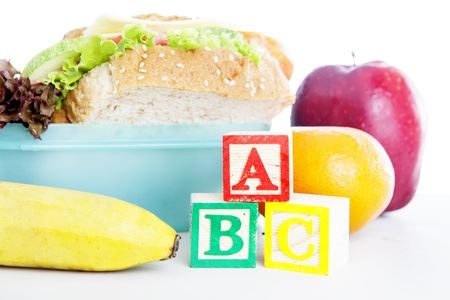Are you concerned about your child not eating enough?
Are you concerned that your child is losing weight or not growing enough?
Does your child have adverse reactions to food or diet related medical conditions?
Diet related conditions in children might affect your child’s eating, sleeping, playing and growing effecting his overall health, both physically and mentally. When infants and toddlers lose weight or don’t grow normally it is known as faltering growth as a result of malnutrition. In most cases, faltering growth is due to underlying conditions such as lack of appetite, poor food intake, poor nutrient absorption in the intestines and medical conditions such as celiac disease.
Cow’s Milk Allergy
The most common diet related condition in infants is cow’s milk allergy (CMA). In fact, CMA affects 1 in 20 babies in the first year. This happens when the baby’s immune system over-reacts to proteins found in cow’s milk. If your child has CMA he may show various symptoms that usually are related to their skin, gut or breathing. The most common symptoms are itching, hives, vomiting, diarrhea, blood in stools and wheezing. CMA usually stops when the child is 1 year of age but some grow out of at the age of 3 years.
Fussy eaters
Most common feeding difficulties in childhood that affect toddlers (1 to 2 years) are food refusal and constipation. Food refusal is a normal phase of early childhood, which peaks around 18 months of age but some children develop extreme food refusal. This extreme food refusal may starts at around 3 years when children experience intense fear for food. This fear towards food could be sensory including the sight, smell, touch, taste and texture of food. Or else it could also be behavioral, lack of certain micronutrients and medical conditions.
Constipation is very common especially when they are being potty trained at around 2 – 3 years, can also lead to poor food intake. Constipation is when your child has difficulty to pass stools. This can be treated by encouraging your child to make small dietary changes such as increase the water intake and fiber in his diet.
Food allergies and intolerances
Food allergies and intolerances can affect all age groups. Food allergies occur when your child ingest a certain type of food and there is an immune response to that particular food. Most food allergies in young children are outgrown by puberty but those diagnosed in late childhood often require life-long careful dietary management. Some common food allergies are egg allergy, milk allergy and peanut allergy.
On the other hand, food intolerances don’t produce an immune response. This means that in food intolerances your child may not always experience symptoms. It is recommended that unless your child experience symptoms he continues to eat that particular food. But if your child is experiencing migraines, diarrhea or abdo pain the intolerant food is eliminated from his diet. The most common food intolerance in children especially in teenage years is lactose intolerance. Both allergies and intolerance can be well managed by a proper dietetic assessment and dietary measures.
Gastrointestinal problems
Gastrointestinal problems are mostly common in infancy, toddlers and teenagers some of which are abdominal pain, acid reflux and chronic diarrhea. The good news is that these can be treated by dietary changes. In severe cases, these might lead to dehydration, mental fatigue and faltering growth. Some common digestive problems are Eosinophilic Gastrointestinal Disorders (EGID), Celiac disease, Inflammatory Bowel Syndrome (IBD) and Lactose intolerance. You can check my other blog about gastrointestinal problems in children for further detailed information.
Eating Disorders
In young children, as young as 9 years old and teenagers eating disorders such as anorexia nervosa and bulimia nervosa might kick in. Eating disorders continue on the increase in teenagers and can affect boys as well as girls. Being aware of the signs of persistent damaging eating behaviour will help you to seek help when needed. Doing this at an early stage is important, and prevents escalation of a problem which may spiral out of control. These are both serious mental health problems which require frequent and intense dietetic intervention.
I strongly recommend that if you notice any signs in your child’s behavior or symptoms it is important to seek professional advice. When there is any diet related conditions in children, it is important to speak to a dietitian who is specifically trained in the pediatric field and qualified in children.
